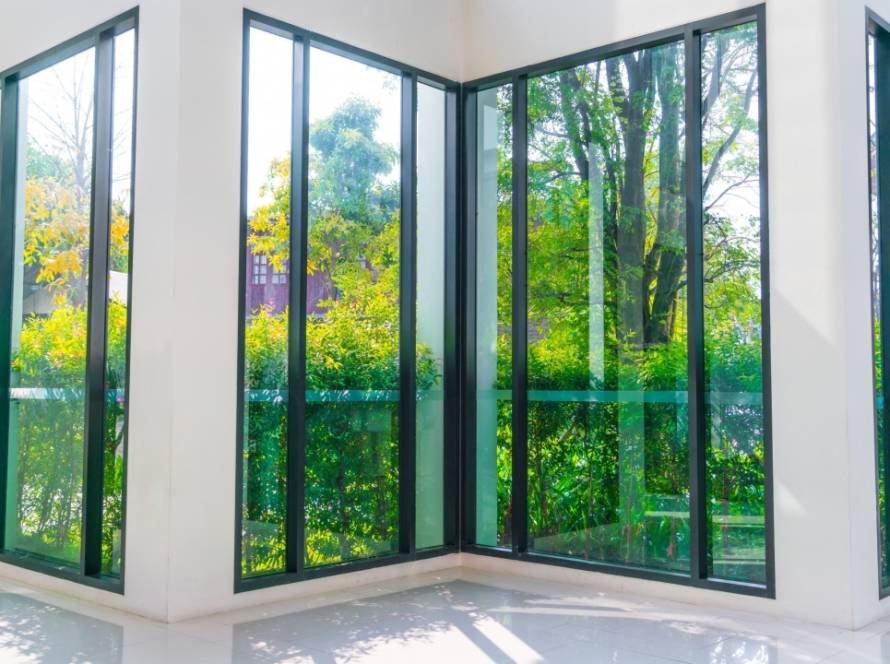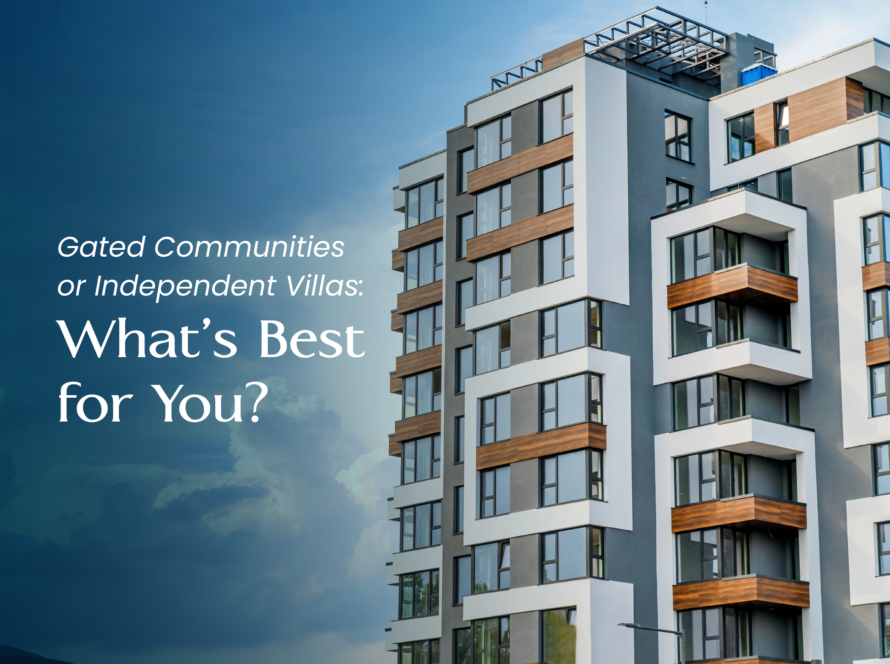In recent years, we have witnessed the rise of public awareness about the connection between environmental quality and health. There’s no doubt that as urbanisation accelerates, many are noticing that several health issues are often directly or indirectly related to the quality of air. Poor air quality has emerged as a pressing issue in urban areas across India.
While cities are bustling with activity, they are also victim to poor air quality indices as a result of vehicular emissions, industrial pollution, and never-ending city development projects. In the wake of this form of development, certain health issues were not noticeable. However, we have now come to find that prolonged exposure to poor air levels can lead to a plethora of illnesses.
For homebuyers and developers alike, this issue has struck an important conversation about balancing the convenience of urban living with healthier environmental conditions.
What is AQI and why does it matter?
Air Quality Index (AQI) is a metric that measures the levels of pollutants in the air. It has 6 basic categories ranging from 0 to 500, 0 denoting the healthiest and cleanest air, and 500 denoting highly polluted air that’s hazardous to be exposed to in the long term. While a measurement of AQI that falls below 50 indicates minimum risk to one’s well-being, any reading over 200 can cause problems, specifically for vulnerable groups. These involve young children, the elderly, and those who are living with pre-existing health conditions that are putting their breathing at risk.
Diseases like asthma, lung disease, and cardiovascular diseases are on the rise, and chronic exposure to AQI can exacerbate the symptoms significantly. The drop in life expectancy is also correlated with long term habitation of highly polluted and densely populated cities. New Delhi’s average AQI across the city, particularly in colder months, can go up to and often over 400, which makes the air quality hazardous for one and all, not just those who are more susceptible to diseases.
For property owners in urban areas, the compromise between health and urban living is glaring. For connectivity and social infrastructure, residents of crowded urban areas often pay the price in the form of degraded health and poor quality of life. Is there a solution?
The Rise of Green Living
An antidote to poor AQI can be in making a connection between urban life and natural greenery. A growing movement towards reconnecting with nature and living in tandem with natural landscapes has encouraged many families as well as individuals to seek home locations with a cleaner, better environment. Areas with lower AQI, with a connection to the city, are often prime locations for homeowners to seek their dream property. In order to ensure that homeowners can enjoy the conveniences of city-dwelling, while also being able to breathe easy, Ankura Homes’ projects are aimed at striking a balance. One that allows its inhabitants to experience the blessings of nature with lush greenery and stay connected to the urban lifestyle at the same time.
Real estate markets are now seeing an increased demand for properties that align with healthy living principles. Homes built with thoughtful urban planning, surrounded by natural greenery, are becoming an important priority for environmentally conscious buyers. What’s more? Outdoor time and community interactions can foster seamlessly in less crowded, more natural and nature-oriented spaces. Not just immediate benefits, these types of properties can provide long-term solutions as well. With their enduring appeal and the shifting general perception of homebuyers in a densely populated country, these properties are bound to witness a higher resale value.
In conclusion
The general public’s priorities are unmistakably changing. This evolution has prompted construction companies and the real estate industry to adopt practices that align with the values of future homeowners. We look towards a future where every society and township is built with a plan that allows it to coexist with nature, offering ample green spaces, water conservation methods, and air quality management. Sustainable and green real estate is going from niche to norm. Health and well-being are not only dictating day to day decisions, but also have a direct impact on long-term decisions like homeownership. By prioritising growth and homeownership in areas with lower AQI levels, humans and nature can co-exist in harmony.
A healthier, greener future awaits; and Ankura Homes is paving the way, one home at a time!




